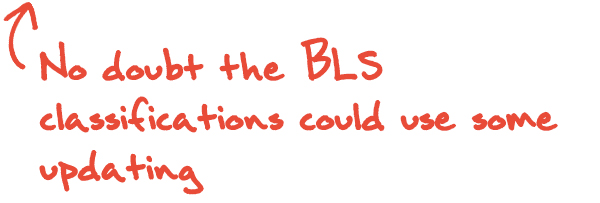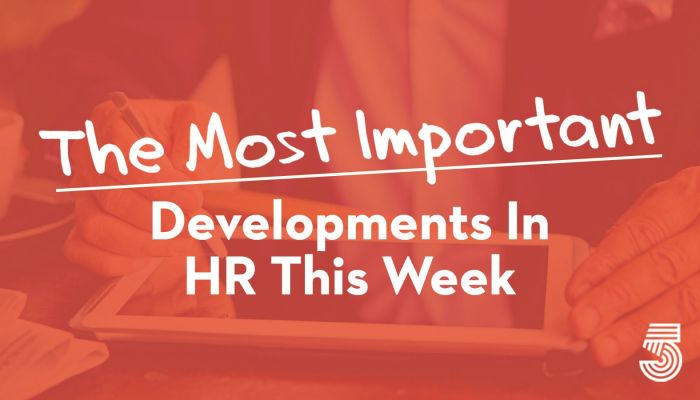The MID, as we call it, is curated by our editorial team from more than 50 news sources. Like a lot of good ideas, this started as something I wanted for myself. If I can’t read everything, I at least want to stay abreast of the most important developments. This week in HR, workers changed jobs 35% more than a year ago as wage demands rose, but Harvard researchers suggested that overzealous resume filters were exacerbating the talent shortage, Josh Bersin said we need to stop calling it “labor,” and Shake Shack paused its test of a 4-day work week – we are curious why. 
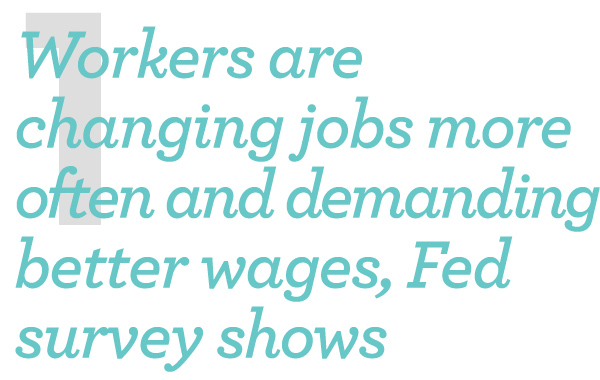
More U.S. workers are switching jobs and asking for higher wages as the labor market continues to heal from the crisis caused by the coronavirus pandemic, according to a survey released Tuesday by the New York Federal Reserve. The percentage of workers who moved to a new employer rose to 5.9 percent in July from 4.4 percent a year earlier. The survey illustrates how much stronger the labor market is than a year ago, when millions more were unemployed because of the coronavirus pandemic and vaccines were not yet available to the general public. The New York Fed survey showed workers also raised their expectations for how much they should be paid. The average reservation wage, or the minimum annual wage consumers said they needed before they would even consider accepting a job offer, increased sharply to $68,954 in July 2021 — well above the $64,226 seen in July of 2020. NBC News
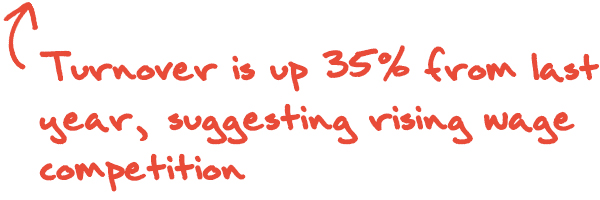
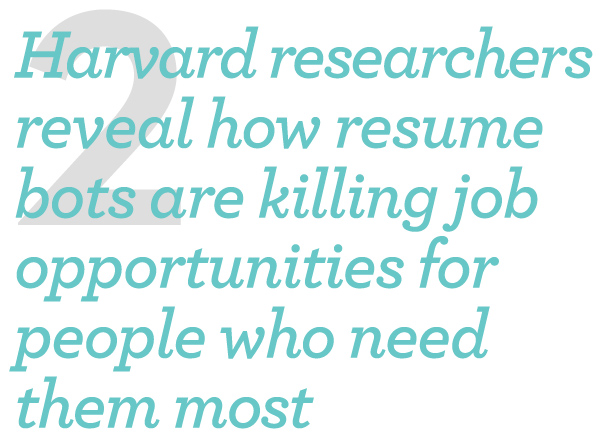
Today, most companies outsource the grunt work of filling job vacancies to AI. Some sort of program typically identifies top candidates, manages the application process, schedules interviews, and even performs background checks. These systems ultimately do fill those vacancies — but in the process it employs overly simplistic criteria that prune “bad” applicants, rejecting millions of qualified workers, according to a Harvard Business School study released Saturday. This process clearly is not performing optimally: The number of unfilled job positions nationwide surged to a record 10 million in June. AI was supposed to streamline the whole hiring process. Instead, it’s caused the number of applicants to balloon. Overwhelmed companies have responded with more draconian automated filters in the hiring software, leading to the inevitable rejection of lots of otherwise qualified candidates, and to tons of unemployed job seekers. Fast Company

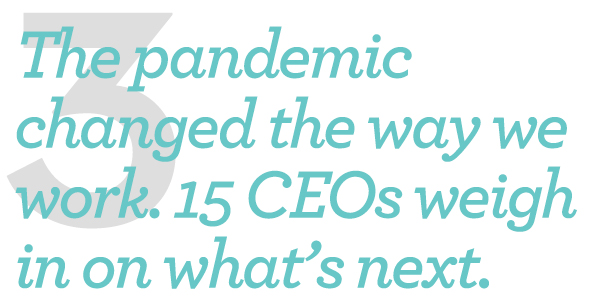
The shutdowns caused by the Covid-19 pandemic forced Corporate America to embark upon a massive work-from-home experiment that presented many unknowns: How do we keep workers safe? Can we stay productive? What’s the best way to communicate and collaborate? How long will we be out of the office? A year and a half later, corporate leaders have learned some valuable lessons. One big takeaway: flexibility. Expecting workers to commute to the office five days a week will largely be a thing of the past at many companies – at least for now. While some companies will embrace a fully remote model, others are opting for a hybrid work plan that gives employees more control over their schedules while still maintaining some in-person office time. CNN Business asked CEOs at more than a dozen major US companies to tell us about the lessons they’ve learned during the pandemic and what they think the future of work will look like. CNN

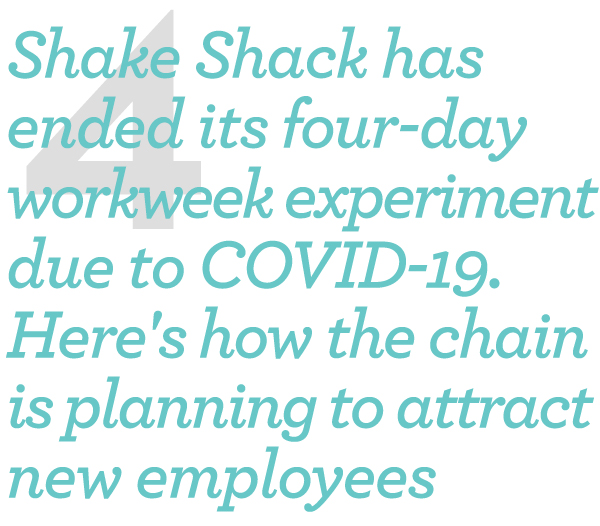
Shake Shack started testing a four-day workweek in 2019 to help recruit managers at the fast-growing burger chain. But Shake Shack, which operates about 340 restaurants in the U.S. and abroad, told Insider that it has stopped offering the scheduling perk to managers. Going forward, the chain is instead focusing on recruiting hourly workers amid a prolonged labor shortage that continues to challenge the restaurant industry. Two years ago, CEO Randy Garutti revealed the four-day work test for store managers during a conference in Las Vegas. At the time, he said supervisors at a handful of stores were working 40 hours in a four-day work period. Supervisors trialing the new work schedule told Garutti that having three days off improves their lifestyle and finances because they don’t have to pay for an extra day of child care, according to a March 2019 Nation’s Restaurant News article. In July, Shake Shack announced plans to spend $10 million to attract and retain both hourly workers and salaried managers. That includes spending $9 million increasing wages for workers at more than two-thirds of its restaurants in 2021, the company said. Business Insider
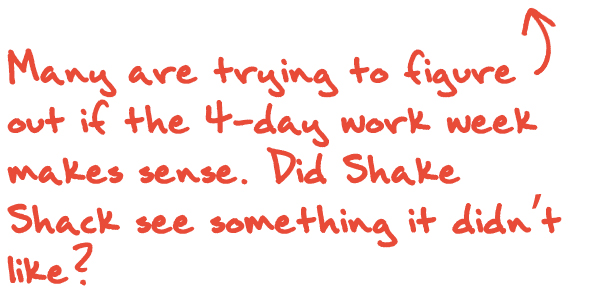
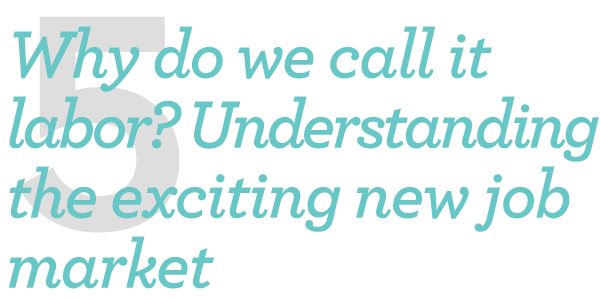
The job market is more dynamic than ever, and I think we can stop using the word “labor” to talk about what’s going on. Let me explain. Government organizations like the Department of Labor, Bureau of Labor Statistics, and even labor unions are named around the concept of people as workers. In the industrial age companies had “management and labor,” and we considered workers as individual laborers with a fixed set of skills for a specific job. Well, all that has changed. We now live in an economy of tech-enabled service jobs and the “labor market” is a dynamic, ever-changing system. What is a “service job”? It’s a job where your human skills (listening, communicating, helping, organizing, managing) are essential to the work. And this is just about every high-wage job in the country. The BLS and other statistics tend to group jobs into “service industries,” but they’re really missing the point. Every job, regardless of industry, is now becoming a service job. Josh Bersin
